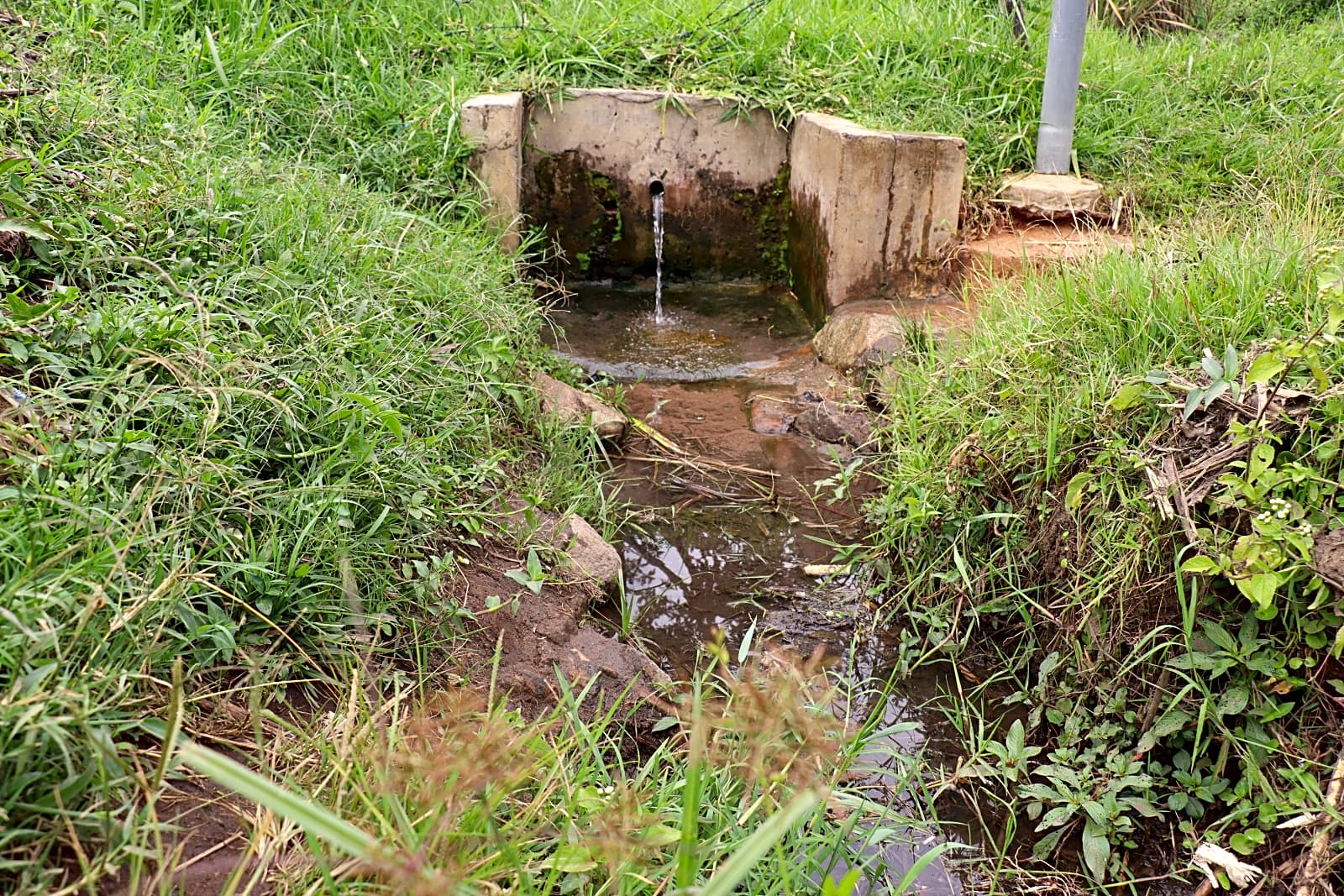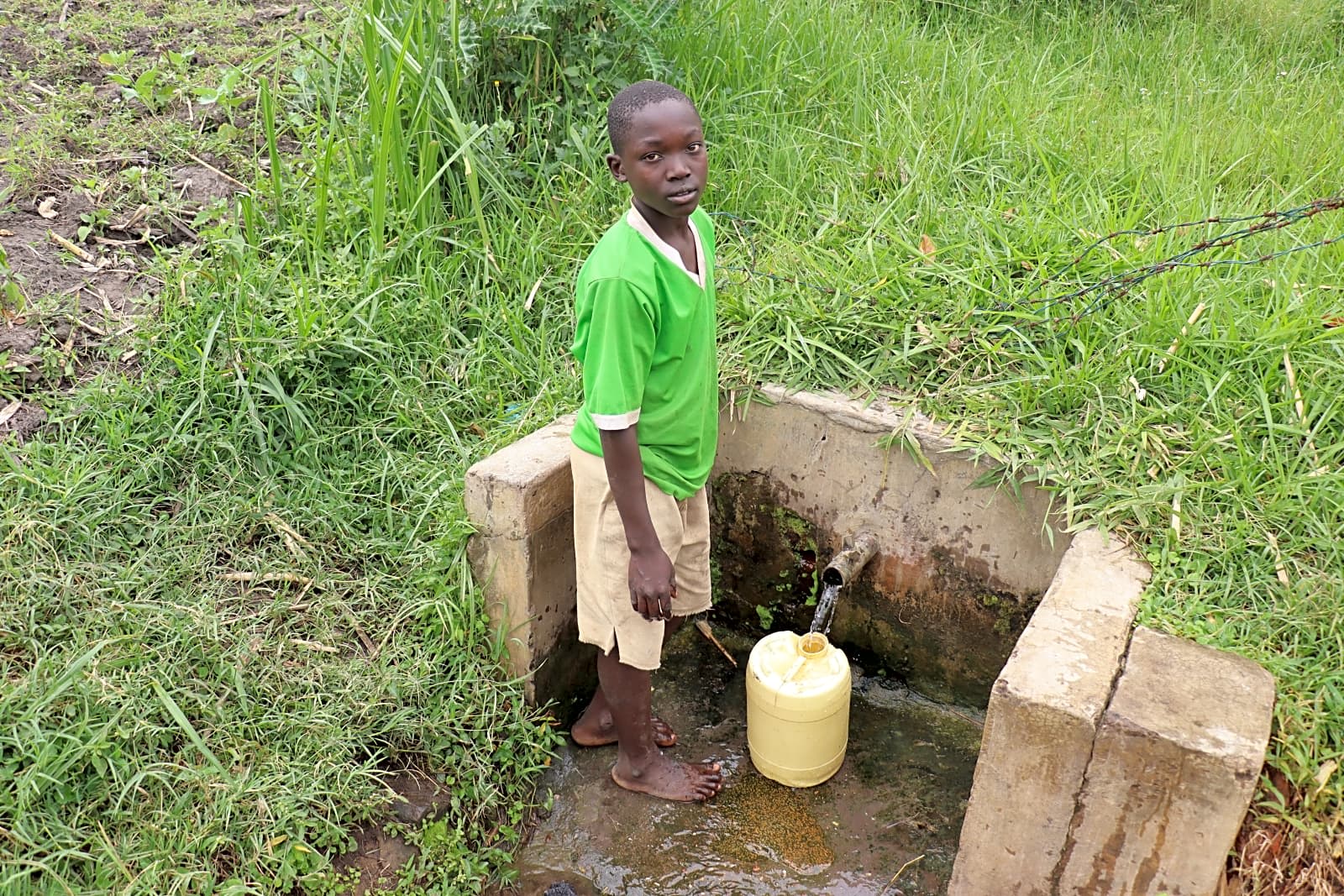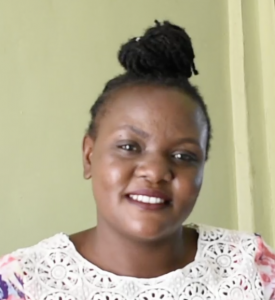The Khainga Community, which has 147 members, experiences a water crisis every day. Their naturally flowing water source, Muchibhi Spring, makes them sick, keeping them from performing crucial tasks that help them thrive.

13-year-old Daniel is familiar with the struggle.
"The last time I was sick, it was very bad; I thought I was dying. I was so weak. I was vomiting and [had] diarrhea. My skin was so pale. I lost weight in the span of one week. I couldn't go to school because someone had [to] support me to stand or walk," shared Daniel.

Daniel.
The contaminated water made Daniel so sick that his only hope of regaining his health was to go to the hospital. His parents sought medical care for Daniel, but the expense was taxing on the family's finances.
"My parents tried by providing whatever I asked for, but this didn't help much. They decided to take me to the hospital. This decision made me feel much better because, at the hospital, I was treated by good doctors, and I was able to get healed. My health came back to normal. I felt strong again," he added.
Daniel was lucky to regain his health, but that didn't end his frustration with the water source. He constantly faces the risk of getting sick again and feels the tension of wasted time when he has to wait in line to collect water.

Waiting to fetch water.
"The community is gathered at the waterpoint for water. This makes me find a long queue since you can't just arrive and fetch; you have to wait for your turn to be able to fetch water. This waiting consumes [a lot] of [my] time," he shared.
That time spent waiting for water takes away from the time he needs to pursue and prioritize his education.
"When [I] am sent to fetch water [in] the morning, I always get to school late. The teacher on duty will not want to hear why you were late for school. He or she will just punish you. This punishment will distort your concentration [for] the entire day. That day, you won't be able to get what the teacher taught. Also, when coming late to school, I miss out on the remedial lessons that [are] done very early in the morning before the normal lessons begin. This has led to the drop [in] my grades in school," Daniel shared as he expressed his frustration.

"My plans for the future [are] to study hard and excel in my education so that I can be a doctor. Being a doctor will help me better the life of my parents and also give people affordable treatment," said Daniel.
Daniel has hopes for the future, and with access to clean water, he will be one step closer to achieving his dreams.
Steps Toward a Solution
Our technical experts worked with the local community to identify the most effective solution to their water crisis. They decided to safeguard the existing flowing spring.
Spring Protection
Springs are natural water sources that originate from deep underground. As water travels through various layers of the earth, it undergoes a natural filtration process, making it cleaner and safer to drink. To protect these spring sources from contamination, we construct a waterproof cement structure around layers of clay, stone, and soil. This design channels the spring water through a discharge pipe, facilitating easier, faster, and cleaner water collection.
Chlorine Dispenser
As an extra measure towards water quality safety, uniquely engineered chlorine dispensers are installed at all of our spring protection projects so community members can treat their water with pre-measured doses of chlorine. The chlorine treats any residual contamination and stays active for two to three days, ensuring water stays safe to use even when stored at home. Chlorine delivery and maintenance of the dispensers are part of our ongoing community support.
Community Education & Ownership
Hygiene and sanitation training are integral to our water projects. Training is tailored to each community's specific needs and includes key topics such as proper water handling, improved hygiene practices, disease transmission prevention, and care of the new water point. Safe water and improved hygiene habits foster a healthier future for everyone in the community. Encouraged and supported by the guidance of our team, a water user committee representative of the community's diverse members assumes responsibility for maintaining the water point, often gathering fees to ensure its upkeep.

 Protected Spring
Protected Spring
 Rehabilitation Project
Rehabilitation Project


















